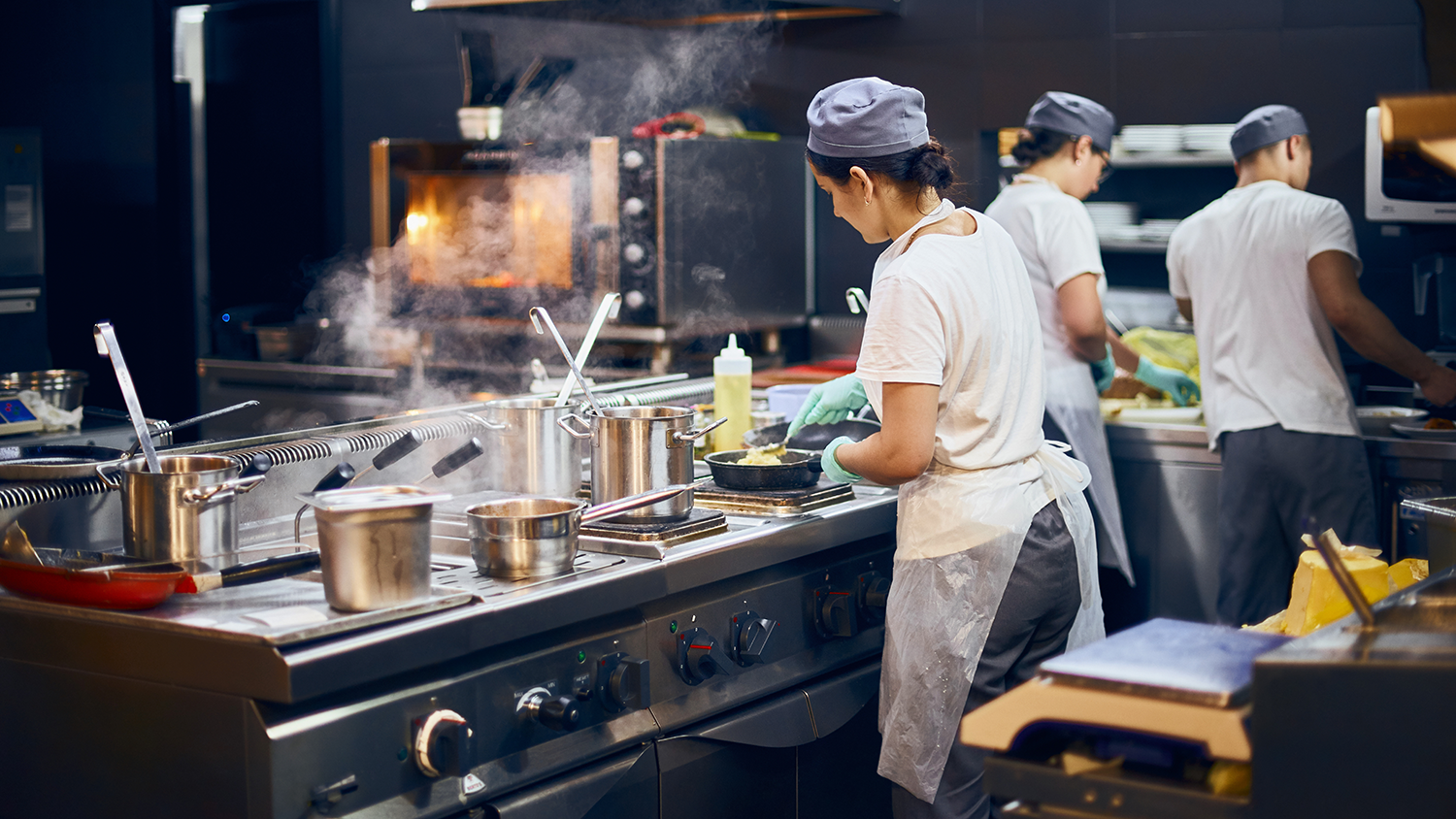Part of 1 of 2 on delivering what your guests want.
Part two will focus on building & delivering a meal kit program. Coming tomorrow!
We’re almost two full years into the COVID pandemic, and even though most restaurants have re-opened for on-premise dining, guests haven’t exactly been flooding dining rooms. In fact, 39% of adults aren’t eating on premises at restaurants as often as they would like – and probably as often as you’d like, too.
They are, however, still interested in your restaurant’s food. That’s the good news. In fact, 80% of guests say restaurants give them access to their favorite flavors that they can’t duplicate at home.
But they can… technically. It comes down to your restaurant’s ability to deliver your flavors to your guests. And they’re two primary ways you can do this:
Traditional at-home delivery via online ordering or phone.
Building meal kits for your guests to enjoy.
We’re going to look at stats for both, so you can prep, plan, and execute off-premise programs for your restaurant.
Traditional Restaurant Delivery: Giving Exactly What Your Guests Want
No doubt that COVID-19 has driven a delivery business boon across the industry. It was really the only way most restaurants were able to survive during shutdowns. And the hunger for home delivery is still strong among consumers.
Restaurant Delivery is a Family-Friendly Must
To start, nearly two-thirds of guests say that it’s more convenient to get delivery than dining out with a family. This will probably always be a fact, but doubly so until the COVID vaccine is available for more younger children. So, if your restaurant markets itself as a family-friendly restaurant, you should definitely be looking at ways of marketing your delivery program to your key demographic.
Third-Party App vs In-House Delivery Team
The downside of delivery is that a lot of restaurants utilize third-party delivery apps like GrubHub and UberEats. And while these companies aren’t inherently a negative for every restaurant, they do take a big piece of every order – anywhere from 15%-30%.
Oof. That’s a huge chunk of change.
On top of that, more than a third of guests (35%) say having low fees is a factor of which delivery platform they use. So, if you’re using a third-party app, choose one that has a low fee for the guest.
The good news is that most Americans want to order delivery directly from you and not a third-party app (63%). This is a mix of lower delivery fees plus the knowledge that every penny is going straight to your restaurant. This does mean building your own in-house delivery team, so you’ll need to weigh the pros & cons of each and decide what makes most financial sense for your restaurant. But it’s good to know that folks want to go straight through your business and cut out the middle-man.
Either way, you need delivery. Nearly a quarter of guests state that they spend more money on delivery orders than they do a regular dine-in experience.
What Guests Value in Online Food Delivery
Lastly, let’s take a quick look at what guests value in restaurant delivery. The top three:
Speed of delivery
Value of the cost/quality
Quality of food
Delivery will always take longer to get than an on-premise dining experience, but it shouldn’t take much more than an hour. Similarly, operators should consider the overall value of their delivery program and make sure their delivery menu is only full of food that travels well.
Next Up… Meal Kits!
Traditional delivery isn’t the only way you can get your restaurant into your guests homes. Meal kits, a subscription service–foodservice business model, is also on the rise in popularity. And while many meal kit services are direct competitors to restaurants, a ton of guests would prefer ordering kits from their fav restaurant — aka you!
Our meal kit post will publish tomorrow morning, so stay tuned.











